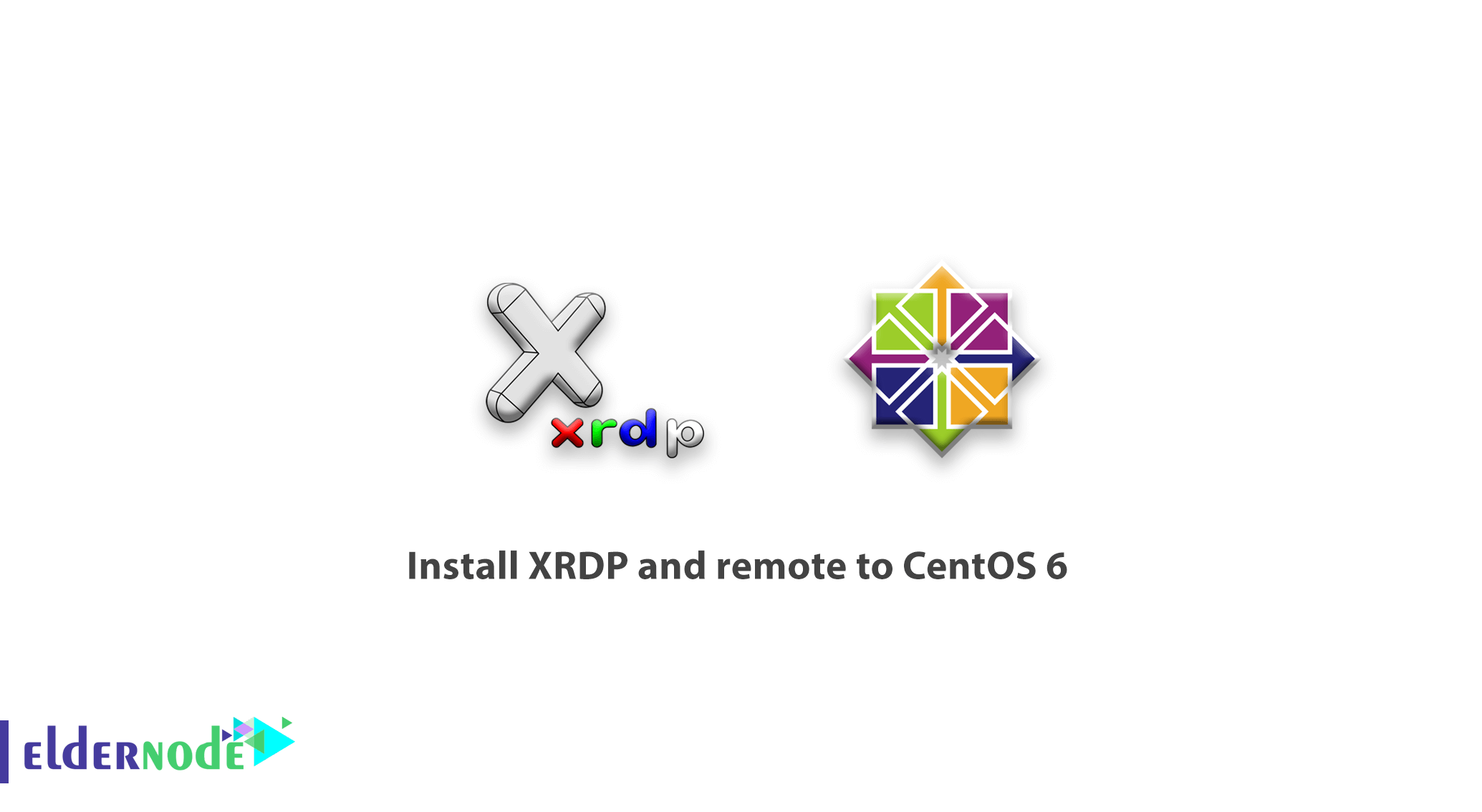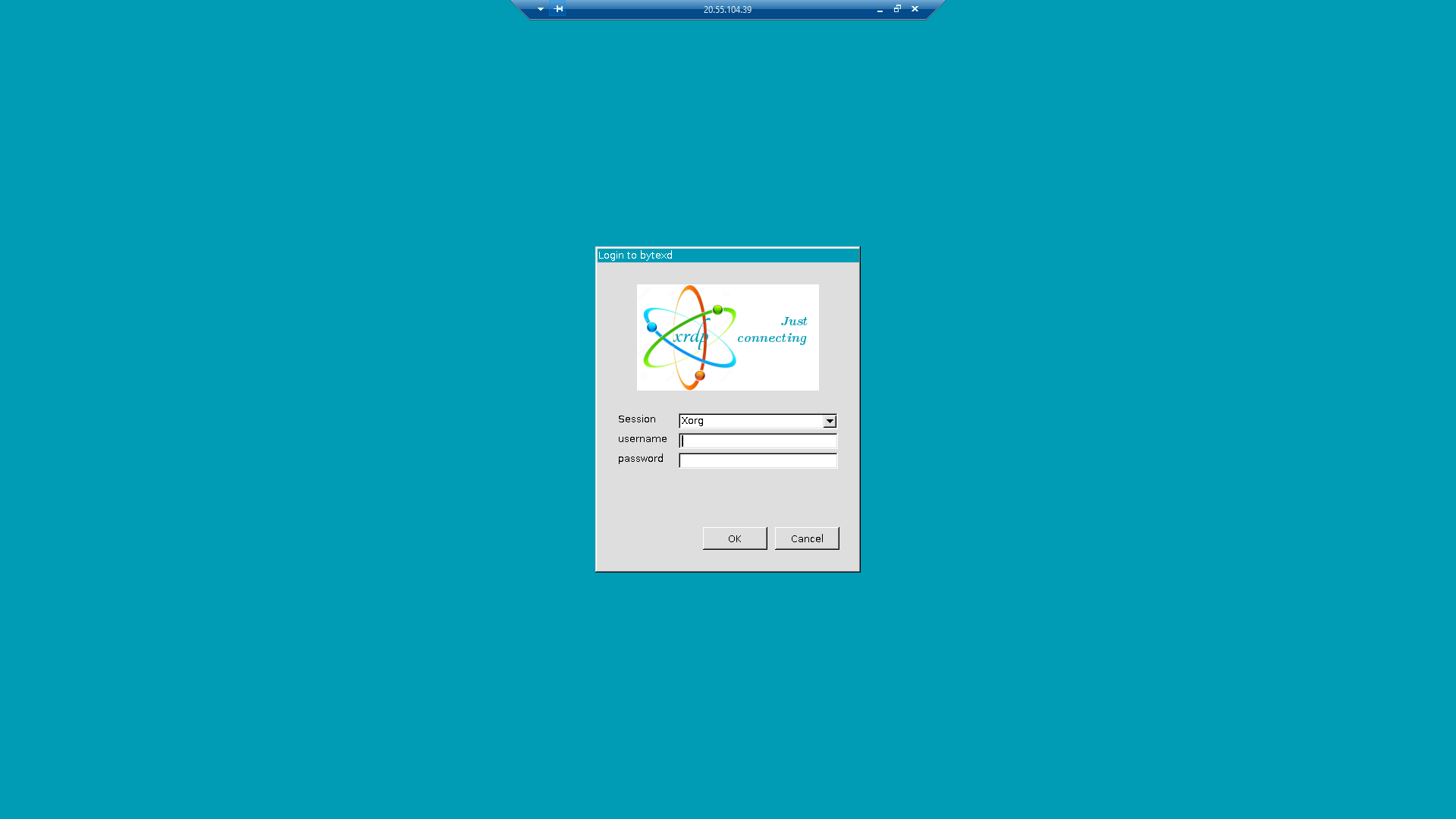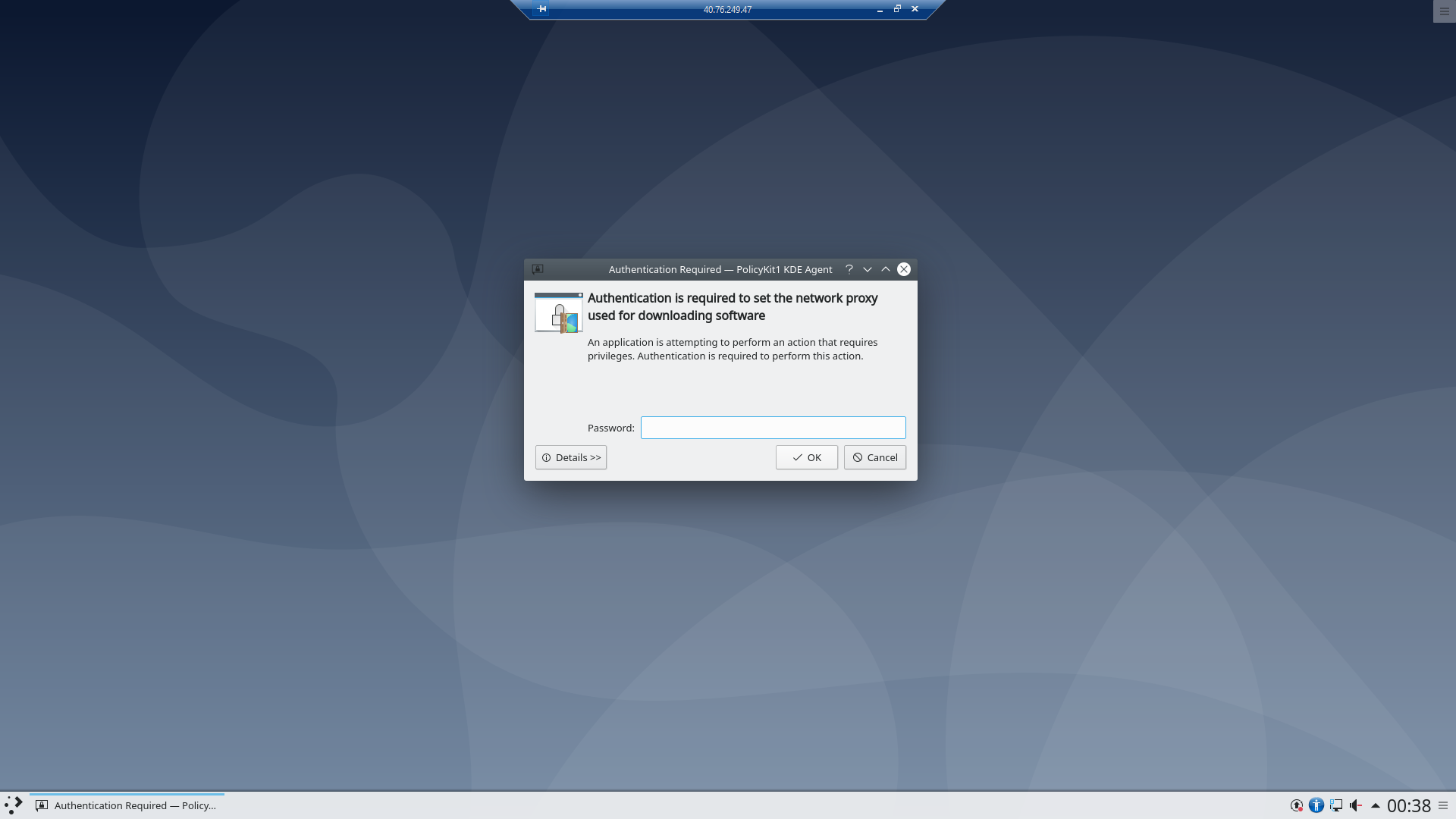Unlock The Power Of Remote IoT XRDP: A Beginner's Tutorial
Listen up, tech enthusiasts! If you're diving into the world of remote IoT XRDP, you're about to unlock a game-changing setup. Remote IoT XRDP is more than just a buzzword; it's a powerful tool that lets you access and control IoT devices from anywhere in the world. Whether you're a hobbyist or a professional, this tutorial will guide you step-by-step to set up and manage your IoT devices like a pro.
Picture this: you're lounging on the beach, sipping a cold drink, while your IoT devices back home are humming along, collecting data and performing tasks. With remote IoT XRDP, you can hop onto your laptop, connect to your devices, and tweak settings without missing a beat. This setup isn't just convenient; it's essential in today's interconnected world.
But hold up! Before you dive headfirst into the deep end, it's important to understand the basics. XRDP (X Remote Desktop Protocol) allows you to access your Linux-based systems remotely, and when paired with IoT devices, the possibilities are endless. Whether you're monitoring environmental sensors, automating home systems, or managing industrial equipment, remote IoT XRDP has got your back.
- Cut Women A Deep Dive Into The Rising Trend And Its Impact On Society
- Movierulz Rb Your Ultimate Guide To Streaming Movies Safely And Legally
Why Remote IoT XRDP Matters
So, why should you care about remote IoT XRDP? Let's break it down. In today's fast-paced world, having remote access to your IoT devices is crucial. Whether you're troubleshooting a sensor malfunction or updating firmware, the ability to do so from afar can save you time, money, and a whole lot of headaches. Plus, with the increasing reliance on IoT in both personal and professional settings, mastering remote IoT XRDP is a skill that will set you apart.
Here are a few reasons why remote IoT XRDP is a must-have:
- Convenience: Access your devices from anywhere in the world.
- Efficiency: Streamline device management and reduce downtime.
- Security: Keep your IoT network safe with secure remote access.
- Scalability: Easily manage multiple devices from a single interface.
And let's not forget the cost savings. Instead of traveling to a physical location to fix an issue, you can do it remotely, saving you time and money. Remote IoT XRDP truly is a win-win situation.
- 60yearold Women Hairstyles That Embrace Your Inner Fabulousness
- 10 Types Of Haircuts For Female That Will Transform Your Look In 2023
Getting Started with Remote IoT XRDP
Now that you know why remote IoT XRDP is important, let's dive into the nitty-gritty of setting it up. First things first, you'll need a Linux-based system running XRDP. Don't worry if you're not a Linux guru; this tutorial will walk you through every step.
Here's what you'll need:
- A Linux-based system (Raspberry Pi, Ubuntu server, etc.)
- An IoT device connected to your network
- An XRDP client (we recommend xrdp for Linux systems)
- A stable internet connection
Once you have all the prerequisites, it's time to roll up your sleeves and get to work. The first step is installing XRDP on your Linux system. Depending on your distribution, the process may vary slightly, but we'll cover the most common scenarios.
Installing XRDP on Your Linux System
Alright, let's get our hands dirty. Installing XRDP is a breeze, and once it's up and running, you'll be amazed at how easy it is to access your system remotely. For this tutorial, we'll assume you're using a Debian-based system like Ubuntu. If you're using a different distribution, don't worry; the steps are similar.
First, open up your terminal and update your package list:
sudo apt update
Next, install XRDP:
sudo apt install xrdp
Once the installation is complete, start the XRDP service and enable it to start on boot:
sudo systemctl start xrdpsudo systemctl enable xrdp
And that's it! XRDP is now installed and ready to go. But wait, there's more. Before you can access your system remotely, you'll need to configure a few settings.
Configuring XRDP for IoT Devices
Now that XRDP is installed, it's time to configure it for your IoT devices. This step is crucial, as it ensures a seamless connection between your remote system and your IoT devices. Let's take a look at some key configurations.
Setting Up Firewall Rules
Security is paramount when dealing with remote access. You'll want to ensure that only authorized users can connect to your system. To do this, you'll need to configure your firewall to allow XRDP traffic.
For Ubuntu users, you can use ufw (Uncomplicated Firewall) to set up the rules:
sudo ufw allow 3389
This command allows traffic on port 3389, which is the default port for XRDP.
Configuring User Permissions
Next, you'll want to set up user permissions to ensure that only authorized users can access your system. This is especially important if you're managing sensitive IoT devices.
You can do this by editing the XRDP configuration file:
sudo nano /etc/xrdp/xrdp.ini
Look for the [Globals] section and modify the following settings:
- AllowUsers: Specify which users are allowed to connect.
- MaxSessions: Set the maximum number of concurrent sessions.
Save the file and restart the XRDP service:
sudo systemctl restart xrdp
Connecting to Your IoT Devices
With XRDP installed and configured, it's time to connect to your IoT devices. This is where the magic happens. You'll need an XRDP client on your remote system. For Windows users, the built-in Remote Desktop Connection app works perfectly. For macOS and Linux users, you can use a third-party client like Remmina.
Once you have your client set up, enter the IP address of your Linux system and hit connect. You'll be prompted to enter your username and password. Once logged in, you'll have full access to your system and can start managing your IoT devices.
Managing IoT Devices Remotely
Now that you're connected, it's time to start managing your IoT devices. Depending on the type of devices you're working with, the process may vary. However, the basic principles remain the same. You'll want to monitor device status, update firmware, and troubleshoot any issues that arise.
Monitoring Device Status
One of the key benefits of remote IoT XRDP is the ability to monitor device status in real-time. This allows you to quickly identify and address any issues before they become major problems.
To monitor device status, you'll need to set up a dashboard or monitoring tool. There are several options available, such as Node-RED, Grafana, and MQTT. These tools allow you to visualize data from your IoT devices and set up alerts for critical events.
Updating Firmware
Keeping your IoT devices up to date is crucial for security and performance. With remote IoT XRDP, you can easily update firmware without needing physical access to the devices.
Most IoT devices come with a built-in update mechanism. Simply connect to your device via XRDP, navigate to the update section, and follow the prompts to install the latest firmware.
Best Practices for Remote IoT XRDP
While remote IoT XRDP is a powerful tool, it's important to follow best practices to ensure security and reliability. Here are a few tips to keep in mind:
- Use strong passwords: Avoid using common passwords and enable two-factor authentication whenever possible.
- Keep software up to date: Regularly update XRDP and your IoT devices to patch any security vulnerabilities.
- Monitor connections: Keep an eye on who's accessing your system and terminate unauthorized sessions immediately.
- Backup data: Regularly back up your IoT data to prevent loss in case of a system failure.
By following these best practices, you can ensure a secure and reliable remote IoT XRDP setup.
Common Issues and Troubleshooting
Even with the best setup, issues can arise. Here are a few common problems you might encounter and how to troubleshoot them:
Connection Issues
If you're having trouble connecting to your system, check the following:
- Ensure that XRDP is running and listening on the correct port.
- Verify that your firewall rules allow XRDP traffic.
- Make sure your IP address is correct and reachable from your remote system.
Performance Issues
Slow performance can be frustrating, but it's usually easy to fix. Try the following:
- Optimize your XRDP settings for better performance.
- Reduce the resolution and color depth of your remote session.
- Check your internet connection for any bottlenecks.
Future Trends in Remote IoT XRDP
As technology continues to evolve, so too does the world of remote IoT XRDP. Here are a few trends to watch out for:
- 5G Connectivity: Faster and more reliable internet will enhance remote IoT capabilities.
- AI Integration: Artificial intelligence will play a bigger role in managing and optimizing IoT devices.
- Edge Computing: Processing data closer to the source will improve latency and performance.
By staying ahead of these trends, you can ensure that your remote IoT XRDP setup remains cutting-edge.
Conclusion
And there you have it, folks! Remote IoT XRDP is a powerful tool that can revolutionize the way you manage your IoT devices. By following this tutorial, you've learned how to set up and configure XRDP, connect to your devices remotely, and manage them like a pro.
But don't stop here! The world of IoT is vast and ever-changing. Keep learning, experimenting, and pushing the boundaries of what's possible. And remember, if you found this tutorial helpful, don't forget to share it with your fellow tech enthusiasts. Happy hacking!
Table of Contents
- Why Remote IoT XRDP Matters
- Getting Started with Remote IoT XRDP
- Installing XRDP on Your Linux System
- Configuring XRDP for IoT Devices
- Connecting to Your IoT Devices
- Managing IoT Devices Remotely
- Best Practices for Remote IoT XRDP
- Common Issues and Troubleshooting
- Future Trends in Remote IoT XRDP
- Conclusion
- Design Haircuts For Ladies The Ultimate Guide To Finding Your Signature Look
- Watch Movierulz Rx 100 Full Movie The Ultimate Guide For Film Buffs

How to install XRDP and remote to CentOS 6 Eldernode Blog

How to Install xRDP (Remote Desktop) on Ubuntu 22.04

How to Connect to a Debian 10 Server via Remote Desktop Connection